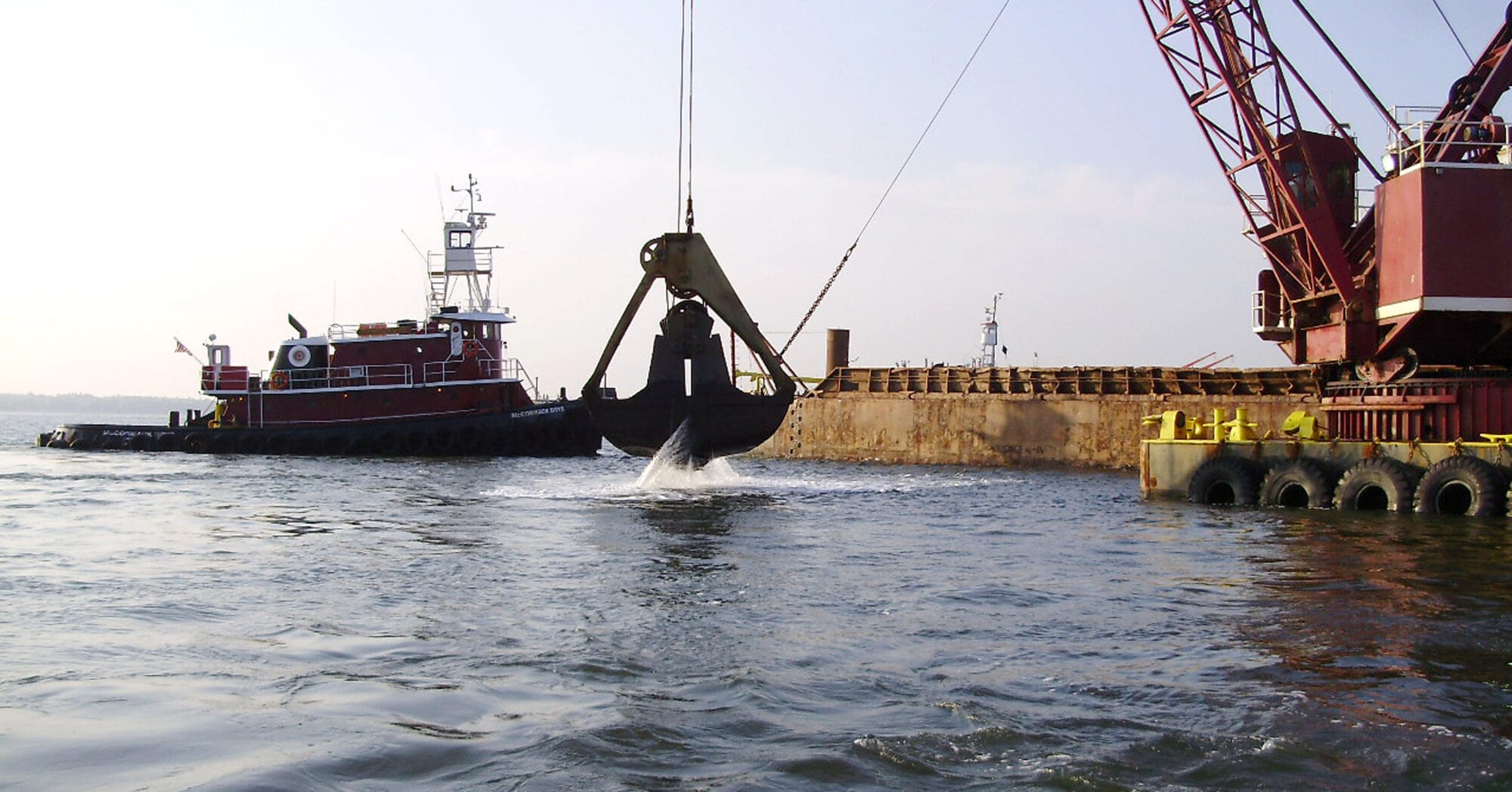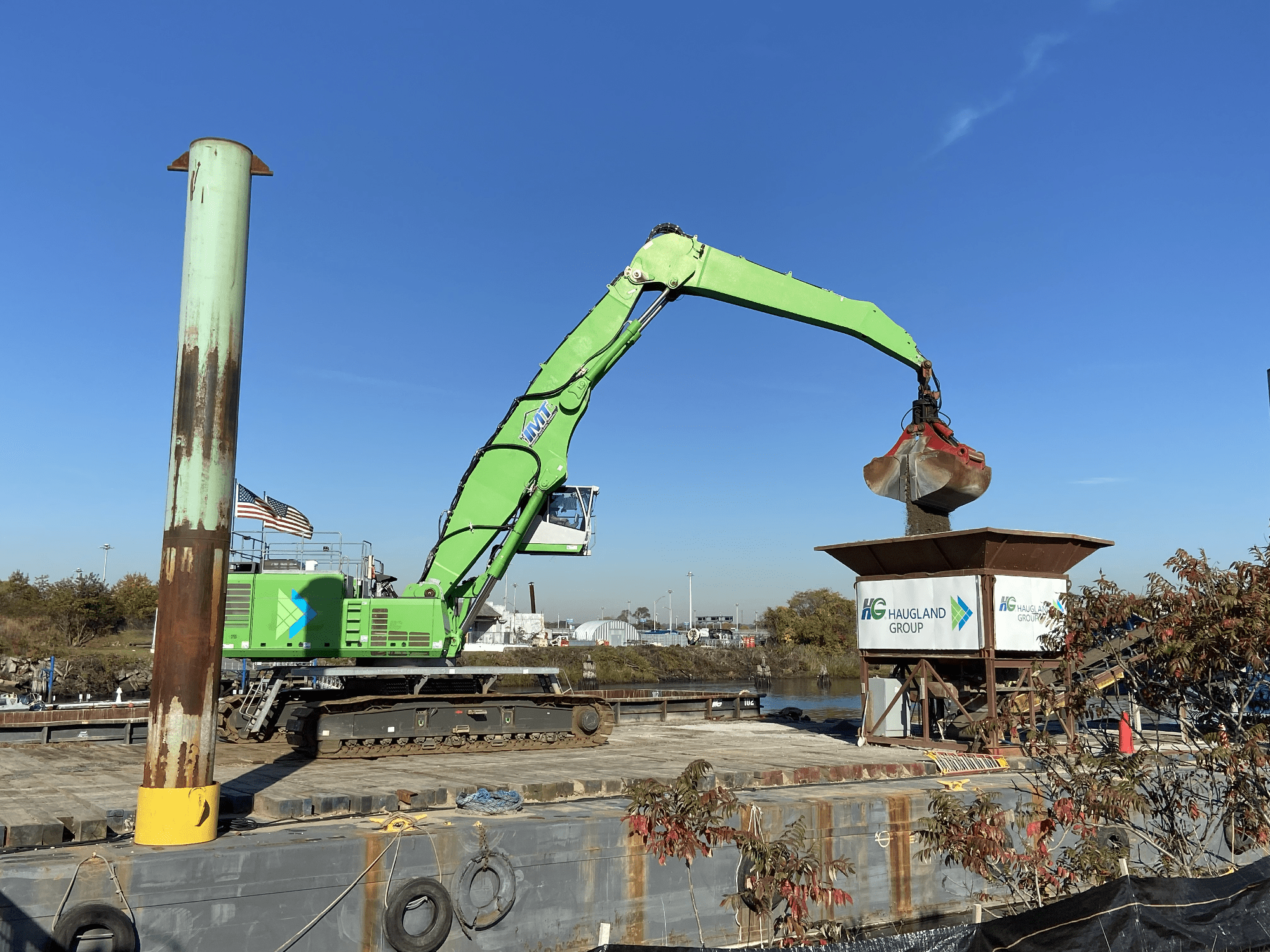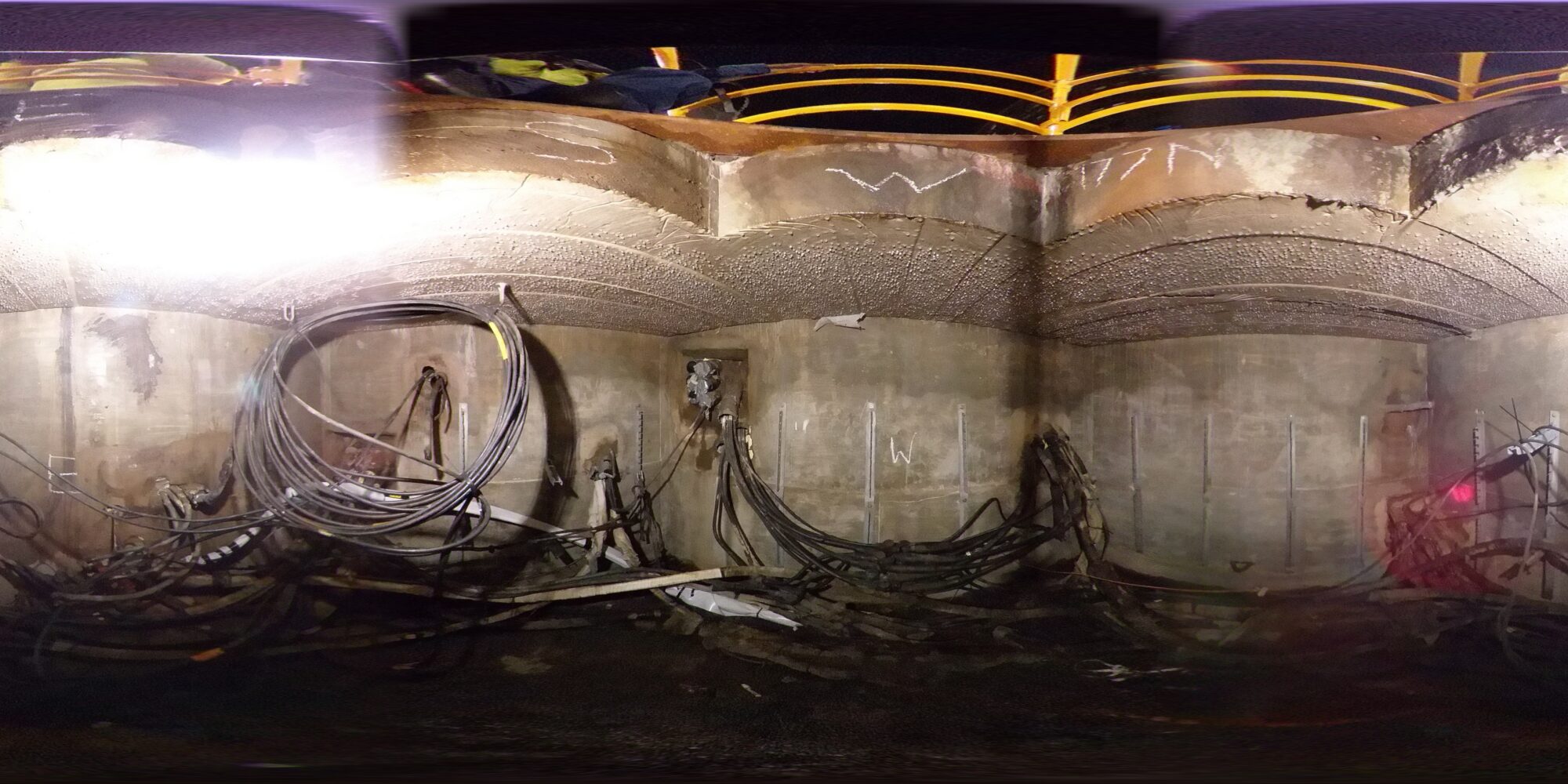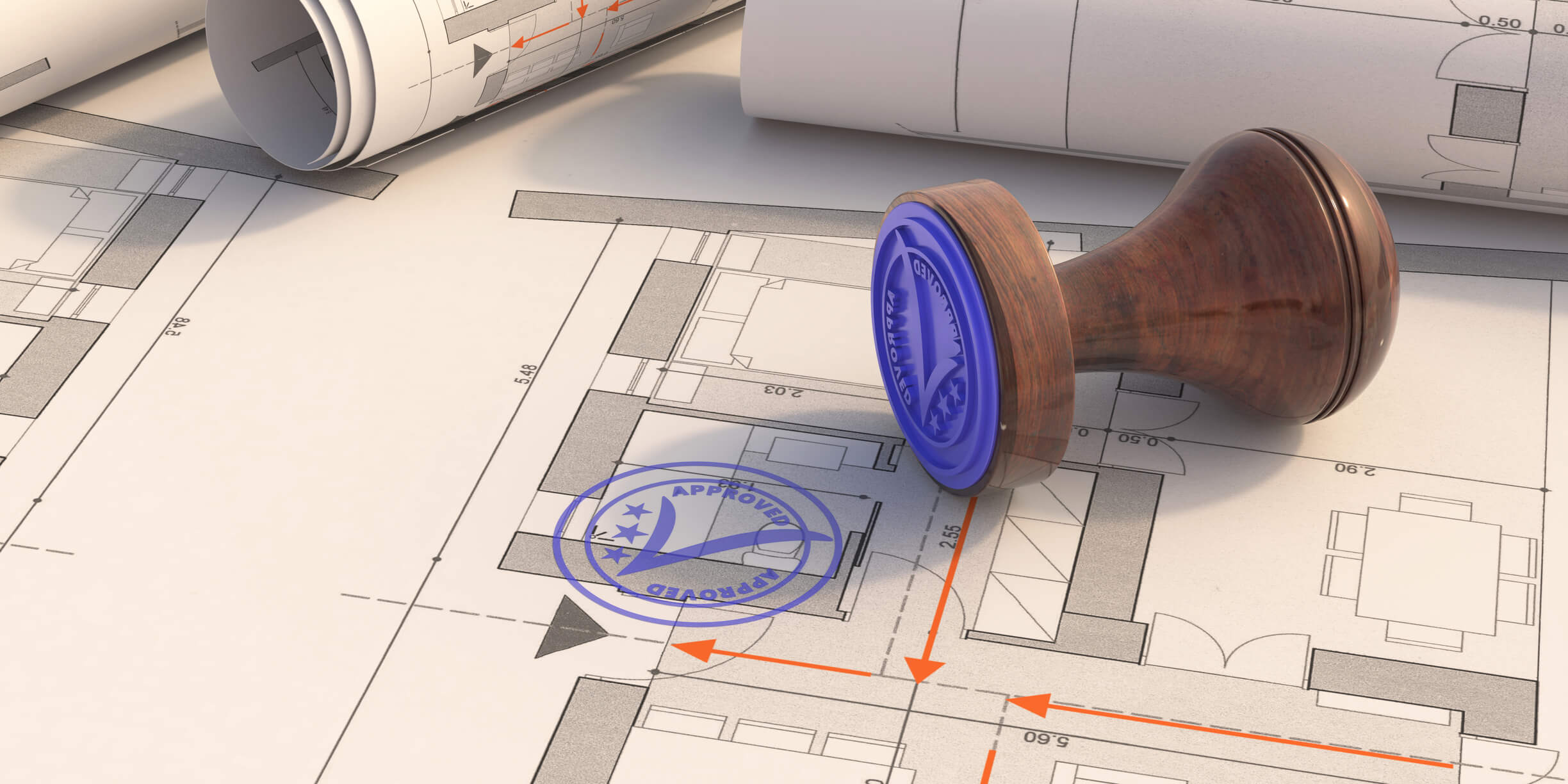Challenge
At the time of installation, the submarine cable was the world’s longest 345 kV AC XLPE submarine cable system without factory extrusion joints and was deeply buried at 15 feet below harbor bottom. The project team provided comprehensive environmental consulting and engineering services to support the development of a 512 MW electric generating facility on a brownfield site in Bayonne, NJ and a 6.5-mile submarine electric transmission cable system to Brooklyn, NY. The cable’s location in the busy Upper New York Bay posed the challenge of developing a route that minimized cable length while avoiding impacts to numerous anchorages and Federal Channels. Also, the cable’s location within waters of both New York and New Jersey, and in resources subject to federal jurisdiction, required an integrated regulatory strategy.
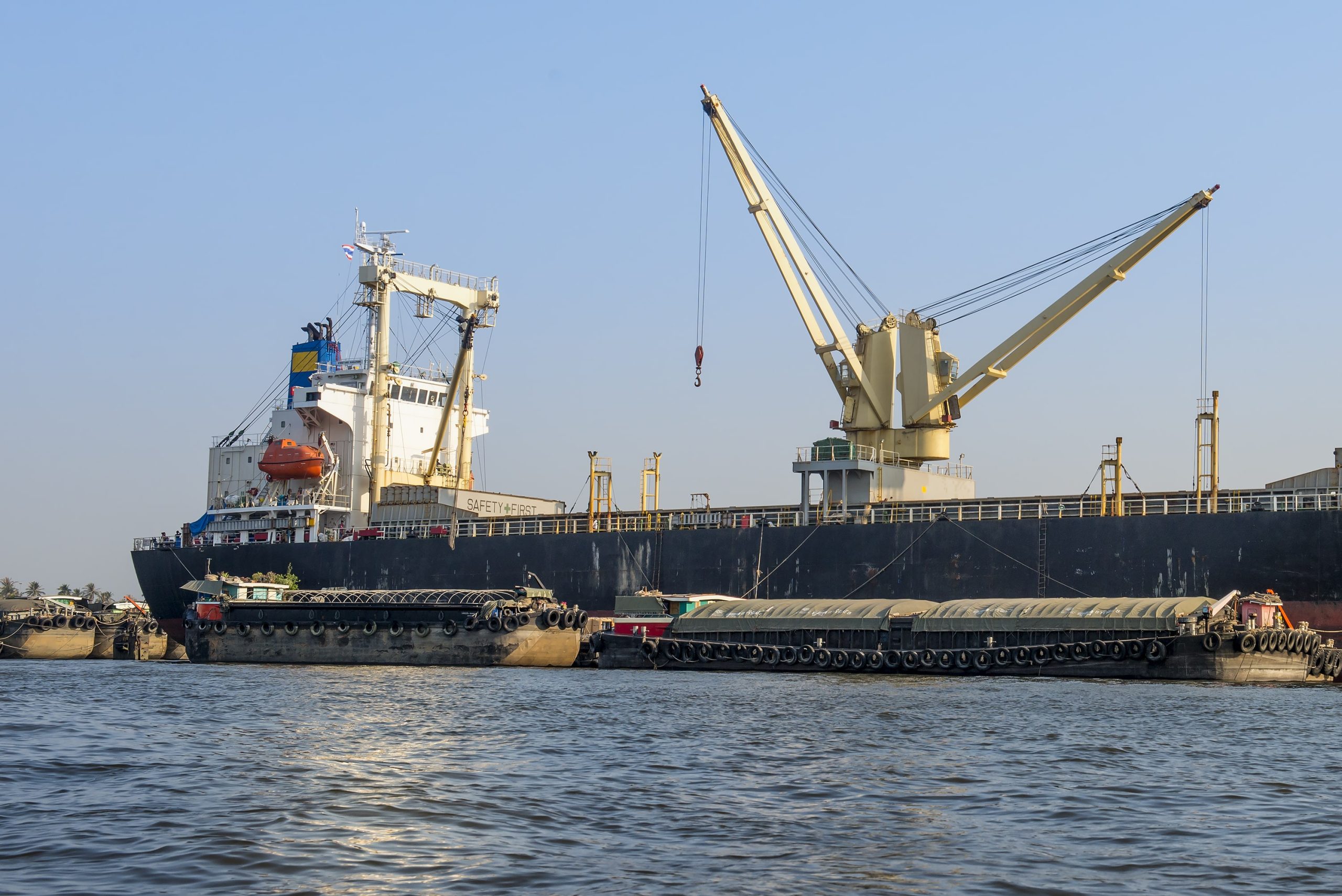
Solution
The team first prepared a Desktop Routing Study early in the development process to support informed decision making on behalf of the client. The study evaluated potential cable landfall locations, submarine cable route alternatives, and technical and regulatory constraints. Prior to preparing permitting applications the team performed various environmental impact analyses, marine surveys, and technical studies. The team was able to coordinate one field program to collect data from marine surveys, water and sediment sampling, and lab analyses, which accelerated the project schedule.
The final cable route developed by the team satisfied a gamut of requirements, including meeting local and regulatory approval, coexisting with vessel navigation/anchoring and maintenance dredging activities, and designing for difficult geologic conditions.
Results
As a result of successful project strategy and coordinated agency review, the Project was able to make near simultaneous permit application submittals to New York under Article VII, NJDEP, and the USACE New York District. The team also prepared the Project’s segmented EM&CP document. Construction on BEC began in April 2010 and it began commercial operation in June 2012, with installation of both the submarine and upland cables completed in October 2011. The generating facility is one of the cleanest, most efficient energy facilities of its kind in the region.
Related Projects
Discover the success we’ve had with helping our clients execute major projects and make a meaningful impact on their local communities.

